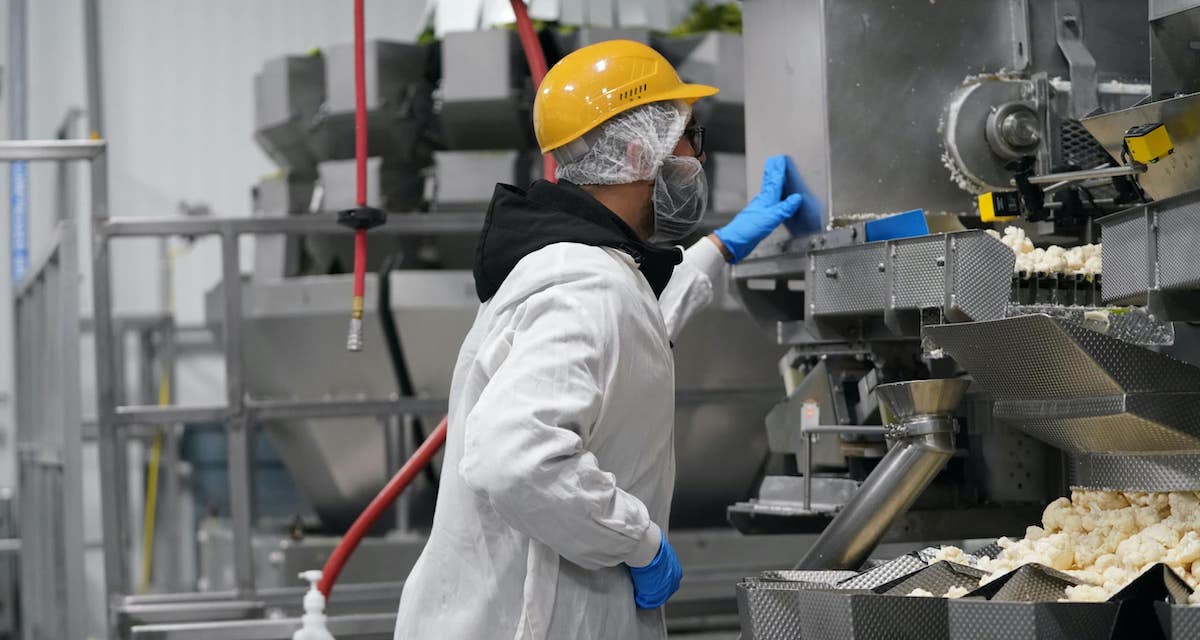Posted by Zosi Team

The idea of contaminated food brings up images of court jesters doing taste tests to make sure that kings and queens aren’t poisoned. Stories of intentional adulteration go back hundreds of years.
People have to eat, and some people have hateful intentions. So, what can we do to keep these people from succeeding? It’s no longer just people in positions of power who need to be concerned with food fraud. Using strong food defense methods helps you back your brand and comply with FSMA’s Intentional Adulteration (IA) Rule. Some IA deadlines have already passed, and enforcement inspections start as soon as March 2020.
What is the Intentional Adulteration (IA) Rule?
Intentional Adulteration was the last of the seven foundational rules that came from the Food Safety Modernization Act. The IA Rule was proposed in late December of 2013 but was finalized on May 27, 2016. This rule created requirements to prevent (or at least minimize) acts meant to cause broad public health harm. Congress and the FDA scoped the rule so that it affects the weakest points of the food supply chain.
Who does the IA Rule cover?
Facilities that manufacture, process, pack, or hold human food are covered by the IA rule—so if you have to register with the FDA under section 415 of the Food, Drug, and Cosmetic Act, the IA Rule applies to you. Intentional Adulteration applies to both domestic and imported food. Retail food and farms aren’t covered, and there are exemptions for very small businesses and some others as well.
What does the IA Rule mean to me?
Food defense plans and training are both required for the Intentional Adulteration. Food defense plans are made up of six parts:
- Vulnerability assessment—used to find the points with the highest risk for intentional adulteration
- Mitigation strategies—measures to minimize or prevent vulnerabilities at each actionable process step
- Procedures for food defense monitoring—documented steps and frequency to monitor mitigation strategies
- Food defense corrective action procedures—written outline for steps to take when mitigation strategies aren’t put in place properly
- Food defense verification procedures—what is done to make sure that monitoring, corrective actions, and mitigation strategies are done properly
- Records—documentation to show that all of the procedures from the other parts of the food defense plan were fully and accurately completed
Food Defense Dynamics
Food defense threats have three different factors: motivation, capability, and vulnerability. Motivation accounts for the reason someone would purposely tamper with food. Capability is someone’s power to commit the crime. That includes what was used and how they did it. Vulnerability is how likely is someone to be successful at corrupting the food. What all has been put in place to prevent outside influence? Successful food defense plans consider in what areas are vulnerabilities likely to exist and how can people take advantage of these.
The three most common motivators are economically motivated adulteration, also known as “EMA”, terrorism, and sabotage. Economically Motivated Adulteration is sometimes called food fraud. EMA is something done to have a monetary gain or economic upper hand or get around trade policies. Terrorism involves people who target the food system to either cause fear, public health harm or social and economic disruption. The target of sabotage is the company more than the public. Sabotage would be when a disgruntled employee, consumer, or competitor wants to damage the brand. This can be a bit more difficult to pinpoint since a lot of times it’s done by someone who knows the business well.
Conclusion
Protecting your food from intentional adulteration is important to your business’s success, even if you don’t produce high-risk foods. Whether or not you fall into the IA Rule category, keep in mind how you can avoid incidents and save yourself money and hassle, plus protect your most valuable asset—your customers. Learn how you can protect your facility with Zosi. Our Food Defense courses are fully online and help you get a better understanding of what to think about when securing your products.



